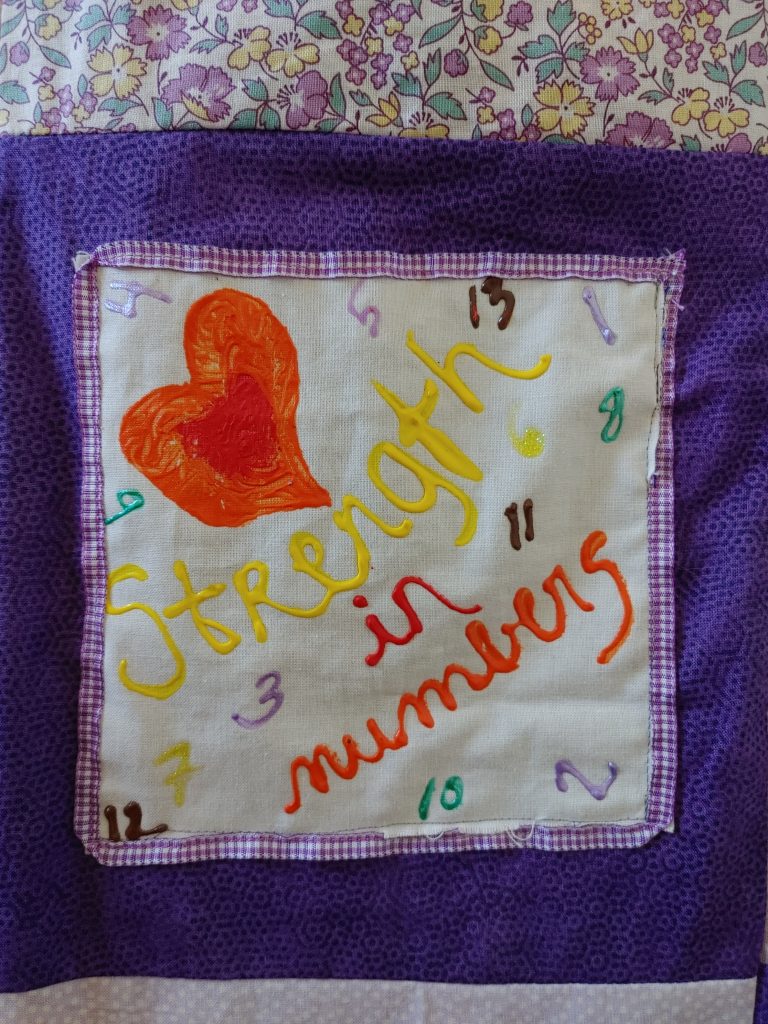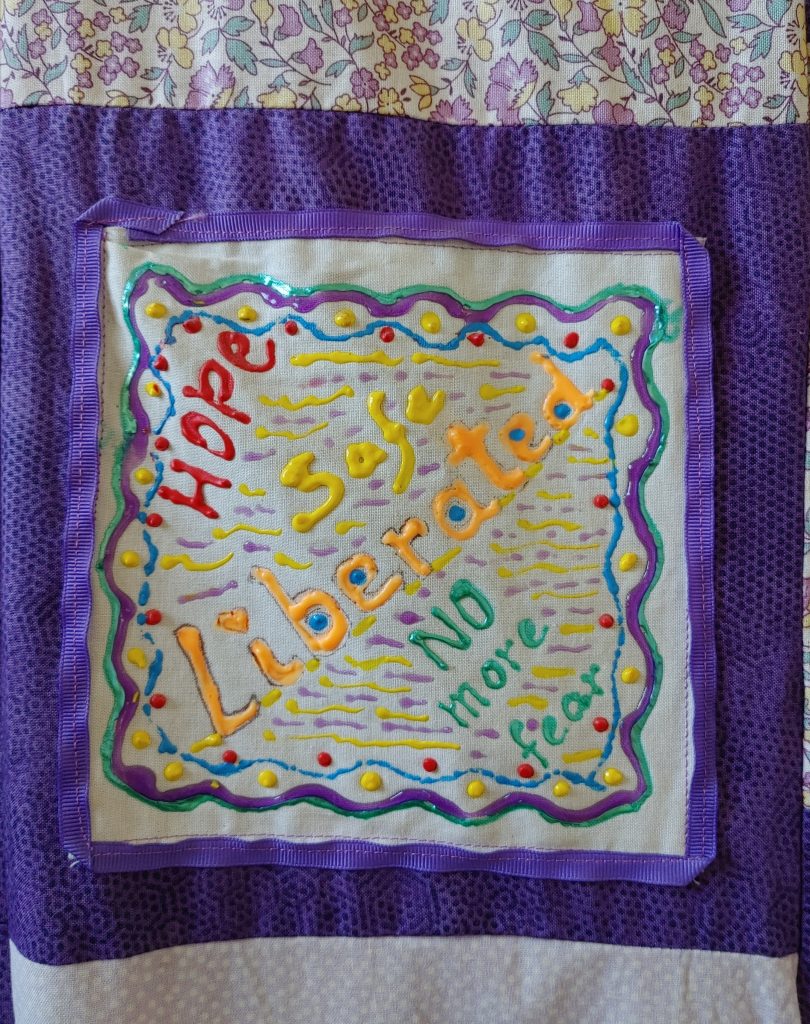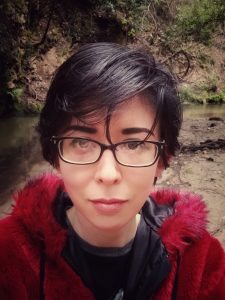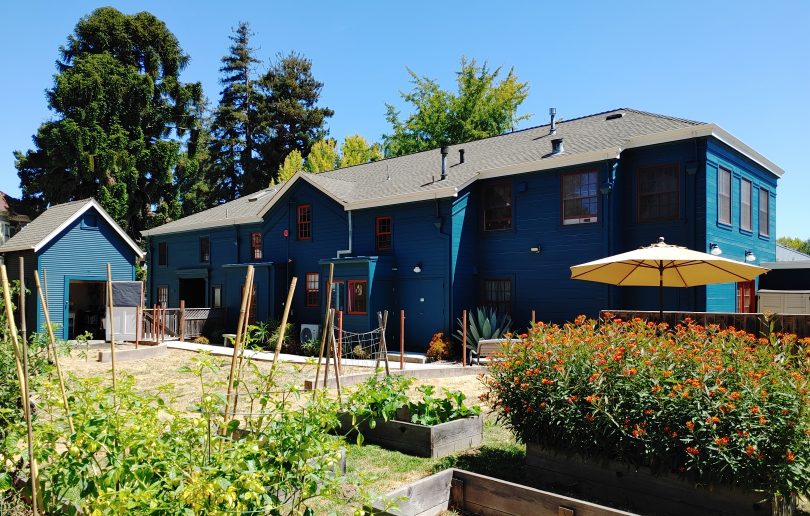by Marjorie Coffey
Trixie is a young woman in her mid-20s who recently left an abusive relationship with a boyfriend. She came to my workplace, Walnut Avenue Family & Women’s Center, in Santa Cruz, seeking help from our restorative justice program, Space for Change.
What she was looking for wasn’t an accountability process for her abusive ex-boyfriend, however, but a means of addressing the trust broken by her friends who didn’t believe that the abuse was real.
Space for Change is a collaborative program that aims to hold community members accountable for domestic violence, provide education to prevent future violence, and offer healing circles that bring the survivor together with loved ones who were not supportive when the survivor needed them. It was this last option that Trixie needed.
Trixie’s case is not a rare phenomenon. Because social isolation is such a common side-effect of domestic violence, and because loneliness is one of the most cited reasons why people end up returning to unsafe relationships, we advocates saw a great need for ways to heal the harm that can ripple out from these situations. Often, friends and family who don’t believe survivors, who side with the abuser, or who walk away
when they are needed most, can lead the survivor to feel like they do not have the emotional or logistical support to leave the relationship.
Several of Trixie’s friends didn’t believe her when she first told them about the abuse in the relationship. She was “just overreacting,” they said. Her boyfriend was “such a great guy.” How could he be responsible for the things she claimed he was doing? they asked.
Now that she was out of the relationship – and without any support from those friends – she wanted to know if there could be a way to salvage the friendships, or if she should give them up as a casualty of the abuse so she could move on.
How to set up a healing circle

The Space for Change program is a collaboration between our domestic violence organization and the Conflict Resolution Center of Santa Cruz County, another local nonprofit. Using restorative justice approaches to domestic violence is relatively new for social service nonprofits, so we’ve found that having our domestic violence advocates work alongside experienced mediators in general restorative justice programs, neighborhood courts, and juvenile reentry programs, is an effective partnership. Each organization is able to fill in the gaps of the other’s knowledge and skillsets.
Space for Change offers three avenues for restorative justice that participants can choose. The three include a community accountability process for the person who caused domestic violence, which is common in many restorative justice programs. The second avenue is community education, which aims to teach allies and loved ones of survivors about the dynamics of domestic violence so that they can be safer, more effective and safer support people for their survivor. And finally there are healing circles.
When setting up a healing circle like Trixie’s, the service providers put in a lot of initial work long before any meetings take place. Either a mediator or an advocate meets individually with the people involved to see where each person stands in regard to the situation at hand. Does everyone have the same understanding of what occurred? What is the timeline of events? And what are the material facts of the case, setting aside personal emotions and personal interpretations about those events?
A Walnut Avenue advocate might also be present at some or all of the meetings to address domestic violence-specific concerns, such as correcting a misunderstanding about the nature of coercive control, or offering peer emotional support for a moment of processing.
The purpose of so much work prior to actual group conversations is to gauge each person’s willingness to participate, their openness to having their perspective challenged, and whether their goal for a facilitated conversation (or series of conversations) is something both realistic and within our scope of service. Otherwise, we run the risk of inviting people with conflicting needs and agendas into a space where judgment, defensiveness, victim-blaming, and re-traumatization are high possibilities.
A path forward

Trixie’s case is still ongoing. Unfortunately, some of her friends have chosen to side with her ex-boyfriend, and although it’s been painful for Trixie, she’s also expressed relief that at least she doesn’t have to wonder about those friendships anymore. She can grieve them and, eventually, move on.
Other friendships appear to be salvageable, with time and careful communication. Although she has not found everything she’d hoped for, Trixie has expressed gratitude for the Healing Circle and how it has helped her clarify what she needs to receive from her loved ones to move forward and identify which people she wants involved in that healing process.
In crisis intervention, our focus is on the survivor and the person causing harm, and rightfully so. But this view doesn’t include the ways in which domestic violence ripples out into those two people’s family, friends and community – and this is where restorative justice can be one of the most useful tools we have for addressing the casualties of other relationships, mitigating isolation of the survivor, and encouraging accountability for the person who caused harm.
I’ve found restorative justice to be one of the most challenging approaches to domestic violence, but also the most rewarding when the people involved are participating with a genuine desire to find a path forward. It allows personal autonomy and a tailored approach to justice that historically has not been a common experience with the legal system.
This combination allows survivors, families, and communities to strengthen their own relationships together.
I’ve been honored to be a part of that process with survivors like Trixie.
****
Author Marjorie Coffey (he/they) is an advocate for domestic violence survivors with Walnut Avenue Family & Women’s Center in Santa Cruz. In partnership with the Conflict Resolution Center, they are a co-coordinator for Space for Change, a restorative justice program focused on addressing the impact domestic violence can have on individuals and communities.

This story was produced in collaboration with the California Health Report.

